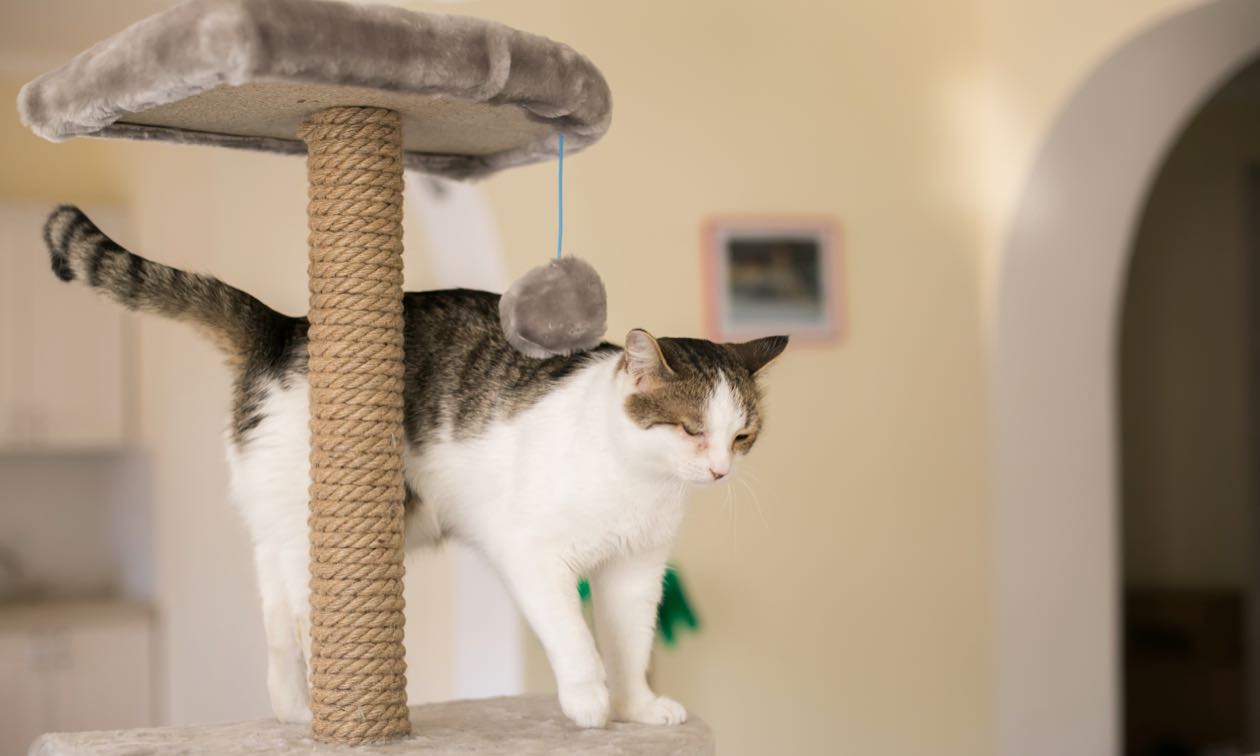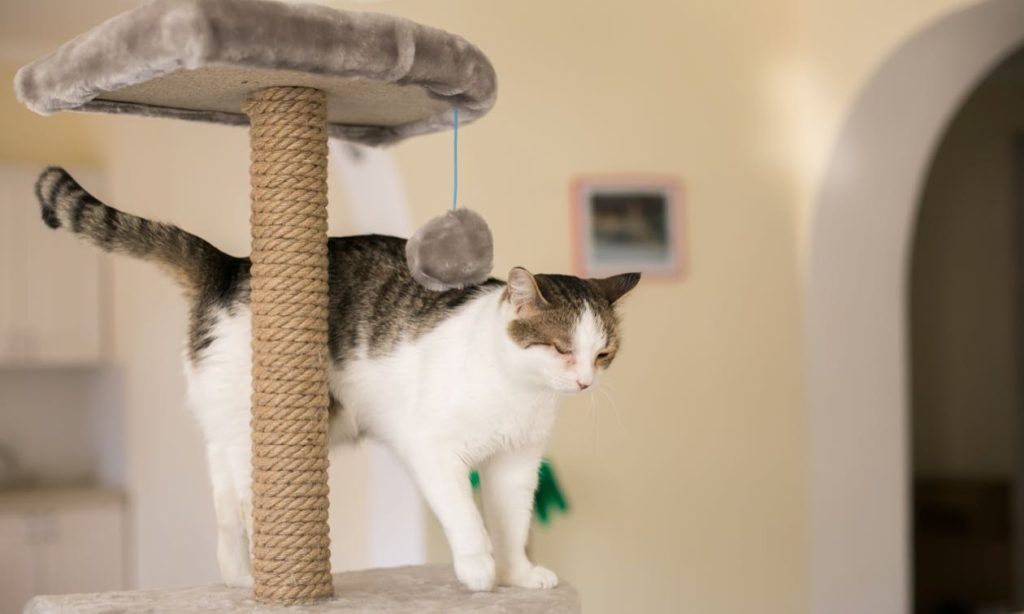Decoding Cat Body Language: A Clear Guide
Cats communicate through body language. Their signals are subtle yet meaningful. Understanding them strengthens your bond. It helps you meet their needs. Misreading cues can cause stress. This guide decodes cat behaviors clearly. You’ll learn to read their signals. From tail flicks to ear twitches. Each gesture tells a story. Knowing this makes you a better owner. Cats are expressive creatures. Their body speaks louder than meows. Let’s explore their language together. This knowledge is fun and useful. It transforms how you interact.

Tail Movements
A cat’s tail reveals emotions. A high, straight tail shows confidence. It means they feel happy. Or they’re greeting you warmly. A slow swishing tail signals focus. They might be watching prey. Or feeling mildly annoyed. Rapid tail thrashing means agitation. Your cat is upset or angry. A tucked tail indicates fear. They feel threatened or anxious. A puffed-up tail looks dramatic. It shows they’re scared or defensive. A gently waving tail is playful. They’re ready for fun. Observe the tail’s speed. It tells you their mood. Each movement is a clue. Watch closely to understand.
Ear Positions
Ears are a mood indicator. Forward ears show curiosity or happiness. Your cat is alert and engaged. Ears turned sideways suggest caution. They’re unsure about something nearby. Flattened ears signal fear. Or they’re feeling aggressive. Twitching ears mean high alertness. They’re tracking sounds or movement. One ear tilted back is interesting. It shows divided attention. Ears constantly moving indicate unease. Something is bothering them. Ear positions shift quickly. They reflect real-time emotions. Watch their ears during interactions. It helps you respond better. Cats rely on ear signals. They’re key to understanding.
Eye Expressions
Eyes reveal a cat’s feelings. Slow blinking is a love sign. Your cat trusts you deeply. Return the slow blink. It builds a stronger bond. Wide eyes show excitement. Or sometimes fear or surprise. Dilated pupils indicate arousal. Could be playfulness or stress. Narrowed eyes suggest relaxation. But squinting can mean pain. Staring without blinking is intense. It signals dominance or threat. Cats avoid eye contact when calm. Breaking eye contact shows submission. Blinking rapidly might mean discomfort. Observe their eyes closely. They’re windows to their emotions. This helps you connect better.
Body Posture
A cat’s posture speaks volumes. An arched back with raised fur means fear. They’re trying to look bigger. A relaxed, stretched-out body shows comfort. They feel safe in their space. Crouching low indicates hunting mode. Or they’re feeling scared. Rolling over exposes their belly. It’s a sign of trust. But some cats dislike belly rubs. A tense, rigid body means alertness. They’re ready to react fast. Lying on their side is relaxed. They’re at ease with you. Sudden posture changes signal mood shifts. Watch their body closely. It guides your response.
Vocalizations and Touch
Meows aren’t just random noises. A short meow is a greeting. Multiple meows show excitement. A low-pitched growl warns others. It means back off now. Purring usually signals contentment. But sometimes it indicates pain. Hissing shows fear or anger. They want space immediately. Head-butting is a friendly gesture. Your cat claims you as theirs. Kneading with paws means comfort. They feel safe and happy. Rubbing against you marks territory. It’s also a love sign. Vocal and touch cues combine. They reveal your cat’s intentions. Listen and feel their signals.

Common Misunderstandings
Misreading signals causes problems. A wagging tail isn’t friendly. Unlike dogs, it shows irritation. Belly exposure isn’t always inviting. Some cats snap if touched. Slow blinking isn’t sleepy behavior. It’s a sign of affection. Hissing doesn’t mean hatred. They’re just scared or stressed. Ignoring these leads to mistakes. You might upset your cat. Learn their true meanings. It prevents unwanted reactions. Cats aren’t being moody. They’re communicating clearly. Missteps can harm your bond. Understanding avoids these issues.
Practical Tips for Owners
Observe your cat daily. Note their normal behaviors. Changes signal health or stress. Create a calm environment. Cats thrive in quiet spaces. Respond to their signals. Slow blink back to show love. Avoid forcing interactions. Let them approach you first. Watch for sudden changes. Like hiding or aggression. These may indicate illness. Consult a vet if unsure. Play with them regularly. It strengthens your bond. Use toys they enjoy. Respect their personal space. This builds trust over time. Practice makes you fluent. You’ll read them like a book.
Conclusion
Decoding cat body language is rewarding. It deepens your connection. Tails, ears, eyes, and postures speak. Each signal has a meaning. Understanding them prevents stress. It ensures your cat’s happiness. Watch closely and respond thoughtfully. Your cat communicates constantly. Misreading can cause confusion. But knowledge brings clarity. This guide equips you well. Apply it in daily life. Your cat will feel understood. You’ll enjoy a stronger bond. Keep learning their language. It makes every moment special.

